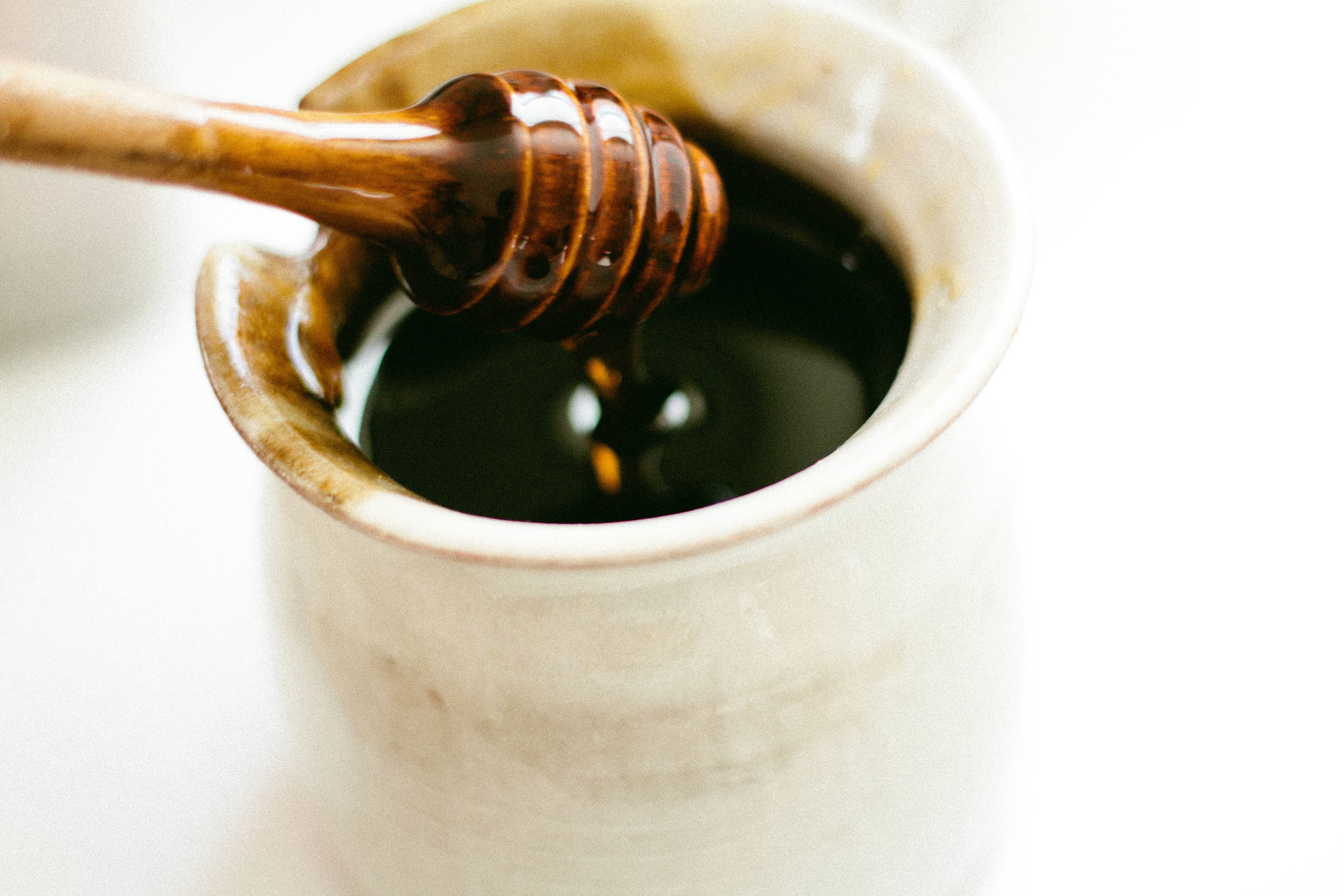
Eating healthier — especially trying to follow a Paleo or Whole30-type meal plan can present a biiiiig problem for coffee drinkers.
I don’t mean coffee-as-black-as-my-soul coffee drinkers. I mean your average cup of joe with lots of milkafrothafrappacinnamonsugarvanillapeppermint creamer drinkers.
Since milk (and most dairy for that matter) is not considered “clean”, choking down your evil but necessary cuppa every morning come become a pretty arduous task. That’s to say nothing of the five tablespoons of sugar you were previously adding to each cup.
There are a few options in this situation — convert to the dark side and learn to enjoy your coffee black, break your caffeine addiction (LOL) or use one of these five substitutes to make your Paleo coffee creamy and palatable once more.
7 Hacks for Paleo Coffee
1. Grass-Fed Butter – It might sound a little wacky, but hear us out. Bulletproof coffee is a huge thing in the Paleo world and claims around it range from yummy to improving cognitive function.
Although you might not associate butter with healthy foods, grass-fed butter actually has a lot of nutritional benefits. Butter is packed full of Vitamin K2 which ironically helps keep your arteries from clogging as well as other yummy nutrients like carotene and healthy fats.
2. Almond Milk or Coconut Milk – Almond or coconut milk is the easiest way to add a traditional creamy feel to your coffee.
However, beware. Many types of almond milk sold in stores have added sweeteners — in fact, if you’re on Whole30, you’ll have to make your own to even use it. Even if you aren’t doing Whole30, be sure to check your labels. Unsweetened almond milk with no flavoring is harder to find than you may think.
Of course, there are flavored versions of almond milk — vanilla, chocolate and more — but they’re glorified versions of your average french vanilla creamer with similar sugar contents. Translation? Not good for you!
Coconut milk is a safer option, but be sure to buy a lighter version to prevent separation. Some people blend their coffee with coconut milk in a blender for a thoroughly mixed drink. If the coconut milk leaves an oily residue on the top of your coffee, try a different brand or a more rigorous mixing process.

3. Real Cream – When milk comes straight from the cow’s udder, a layer of fat rises to the surface called cream. Usually, that layer is redistributed evenly through the milk through a process called homogenization. Sometimes, it’s pulled off and churned to make butter. But cream all by itself is a pretty great way to…yeah, cream your coffee.
Real cream, like any dairy product, is bad in large quantities. However, small quantities of real cream in your coffee each morning will provide you will a creamy coffee packed with healthy fats that is a little easier on the taste buds.
4. Cinnamon and Turmeric – Spices aren’t only for cooking. Adding cinnamon and turmeric to your coffee will not only add a new dimension of taste, but some health benefits as well.
Turmeric is an antioxidant with strong anti-inflammatory parties. An added bonus of this yellow root is that it reduces to coffee-like taste, making it perfect of those of you who are only here for the caffeine.
Cinnamon carries many of the same properties and taste delicious to boost.
5. Honey – Whole30ers beware. Honey, no matter how natural, is not Whole30 friendly. However, for those of us who need a little sweetness in our life (and who doesn’t at 7 a.m.?) a small amount of honey is a great alternative to sugar.

6. Coconut Oil – Coconut oil will definitely add a creamier dimension to your cup of coffee, but make sure it’s blended WELL, preferably in a blender or with a hand-held emulsion blender. Coconut oil is a lifesaver, but no one wants to bit into a chunk of it plain.
7. Cashew Cream – WHO KNEW NUTS COULD BE SO VERSATILE? Not only are cashews a yummy snack, but they can also be used to make cashew cream AND cashew butter, both of which are awesome alternatives to dairy products.
Cashew cream can be purchased in some health food stores (but again, watch your ingredients!) or you can follow this tutorial to make your own at home.
Making healthier choices doesn’t have to mean saying goodbye to your most important morning ritual. Instead, use these alternatives — or combine and mix and match them!
Are there other ways you have gotten creative with your coffee?
